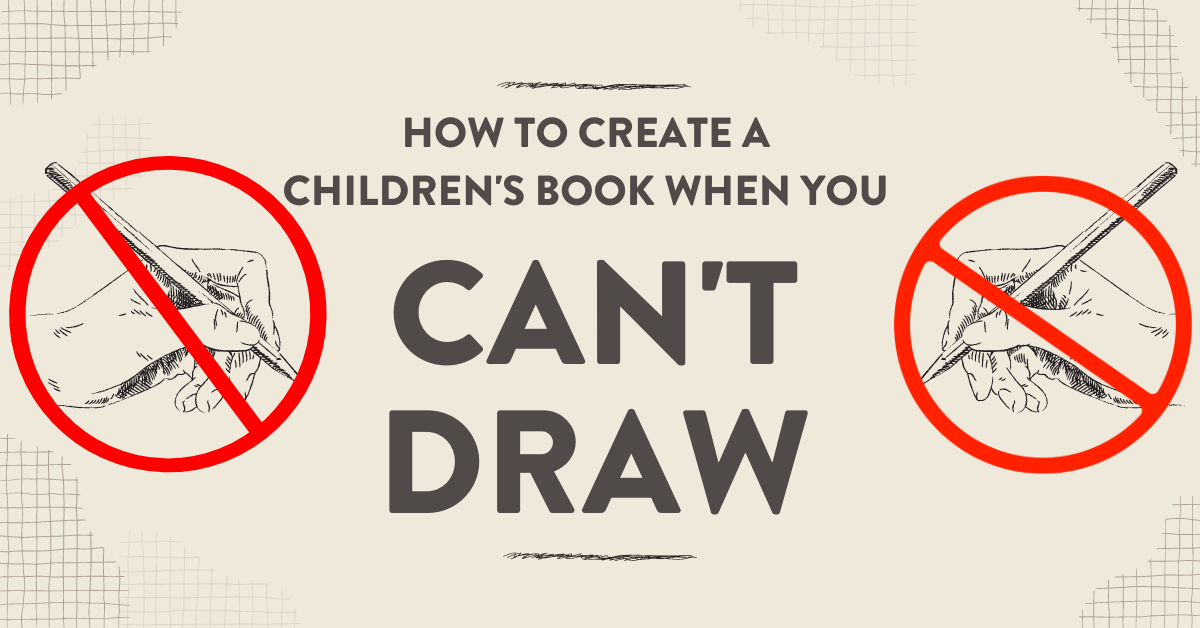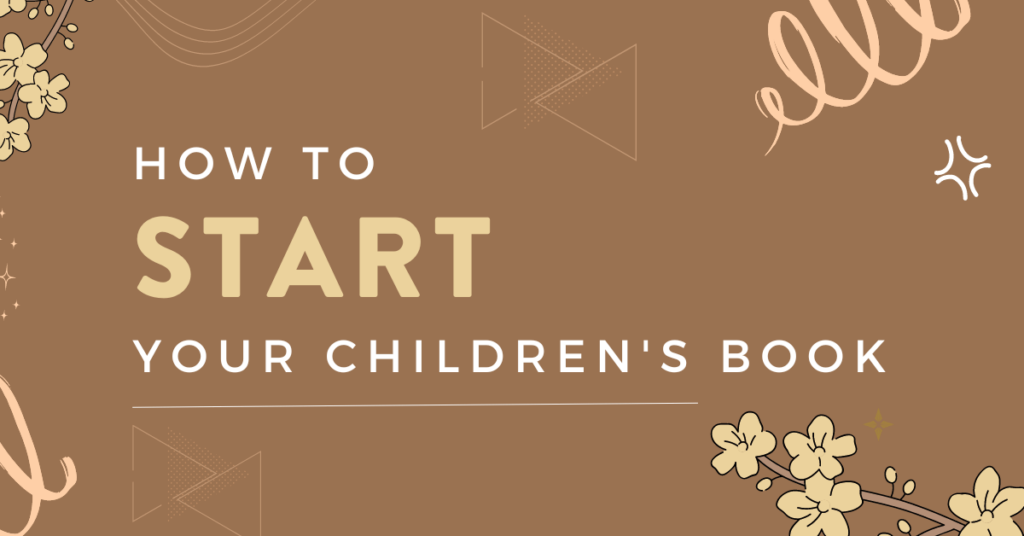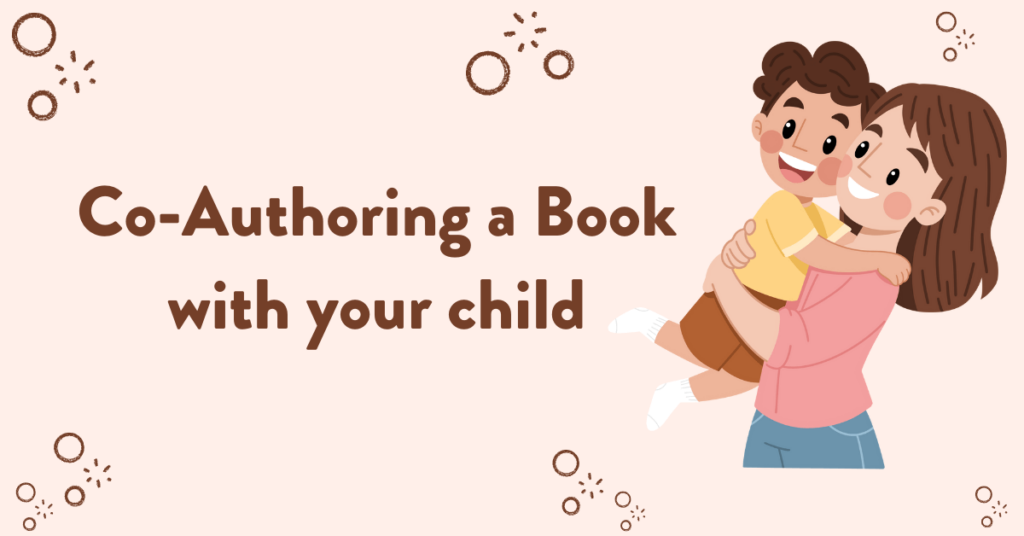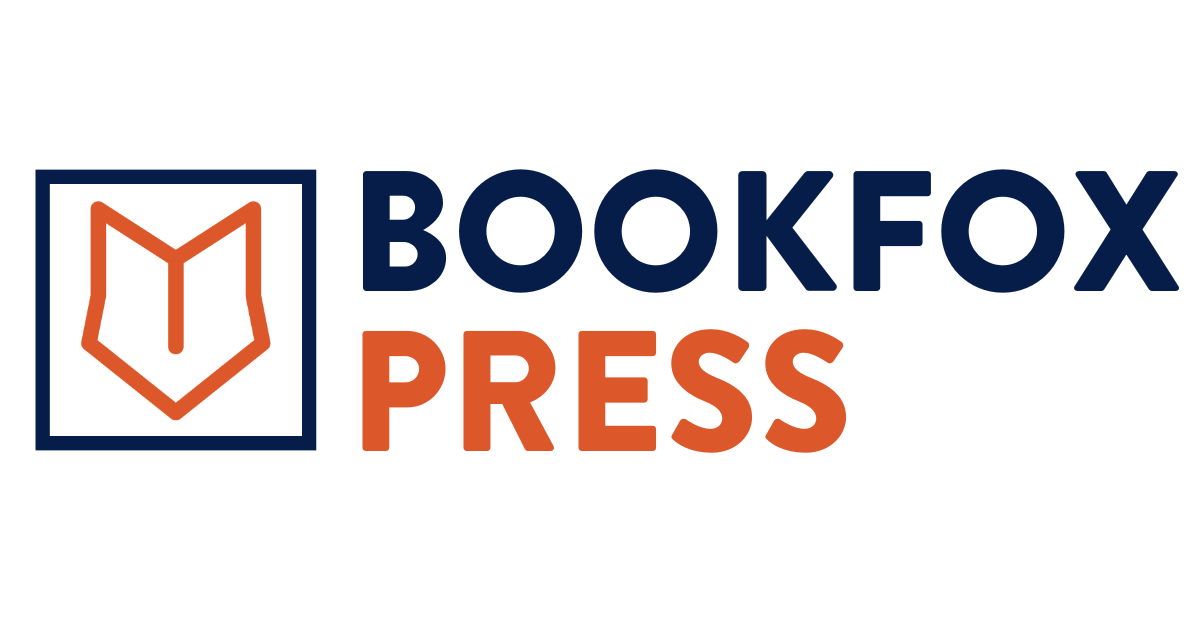
Oh, you want to write a children’s book? You’ve got that magical tale bubbling up inside you? Fantastic! But you can’t draw? Hold on, who ever said you needed to?
Listen up, dear aspiring children’s author. Here’s the honest truth: You DO NOT need to draw if you want to write a children’s book. In fact, some of the most famous children’s book authors of all time couldn’t draw either!
If you want more help than just this article, you can always read my definitive post on how to write a children’s book.
Famous Authors who Can’t Draw
Oh, you think you’re alone in not being able to draw, huh? Think again! There’s a long line of renowned children’s book authors who couldn’t sketch a straight line if their lives depended on it. They focused on what they were good at: storytelling.
Here are famous children’s picture book authors who also can’t draw a lick:
- Julia Donaldson: Famous for “The Gruffalo” and other gems, Donaldson spins tales that charm children, while Axel Scheffler handles the illustrations. They make quite a team!
- Mem Fox: An Australian author who gave us “Possum Magic,” she let Julie Vivas bring her story to life with delightful images.
- Margaret Wise Brown: The “Goodnight Moon” author’s words are a bedtime ritual for many, but Clement Hurd provided the visuals.
- Bill Martin Jr.: Known for the beloved “Brown Bear, Brown Bear, What Do You See?” Martin wrote, and Eric Carle illustrated. Now that’s teamwork!
See, there’s no shame in not being able to draw. In fact, it’s the norm! Focus on what you do best, and let illustrators do what they do best. It’s a match made in children’s book heaven. Trust me, the kids won’t mind one bit!
NEVER Attempt to Illustrate Yourself
Now, you might be tempted to make the illustrations yourself. But please don’t. Why? Let’s break it down.
1. Programs: There’s a slew of software out there that can make anyone feel like an artist. But can they really? Nope. These programs often lead to generic, uninspiring images that lack the soul and magic your story needs.
2. Draw It Yourself: So you think you’ll give it a shot, despite not having any artistic talents? Think again! Children’s books require professional, visually appealing illustrations. Your scribbles just won’t cut it.
3. Photos: Stock photos or snapping your own? No way, Jose! Photos can’t capture the fantastical world you’re trying to create. Leave the photos for the photo albums.
Instead, you need to partner up with a talented illustrator who can bring your vision to life.
The Wonderful World of Traditional Publishing
If you’re aiming to traditionally publish your children’s book, here’s the kicker: most publishers don’t want your illustrations.
They’ve got in-house illustrators who know the business, and they know what works.
Submit the text, and just the text. Publishers are looking for a well-crafted story that speaks to children, not your attempt at art. Your writing needs to be strong enough to stand alone without any visual crutches.
The Adventure of Self-Publishing
Now, if you’re going down the self-publishing route, illustrations do become your responsibility. Panic? Don’t you dare. This is where hiring a children’s book illustrator comes into play.
Finding the right illustrator is an art itself. Here’s how you do it:
1. Search Online Portfolios: Sites like Behance or even social media can connect you with illustrators who specialize in children’s books. Check their portfolios, get to know their style.
2. Contact Them Directly: Talk about your vision, discuss their rates, and feel the vibe. If it clicks, you’re onto something beautiful.
3. Sign a Contract: Protect both parties with a clear contract. Lay out the deadlines, payment terms, and all those nitty-gritty details.
4. Collaborate: Work closely with the illustrator. They’re not mind readers. Share your vision and watch your story come to life.
Read my Bookfox post about illustrators if you want more advice on how to work with an illustrator.
And if you want publishing assistance, reach out to us here at Bookfox Press.
The Biggest Mistake Authors Make
The biggest mistake my clients make when writing children’s books is that they attempt to make the text do everything. That’s because they don’t have any illustrations to work with yet!
But your goal when writing is to imagine what the illustrations will do. Specifically, imagine what illustrations will do that your text can’t.
For instance, you could write:
- “He had fun all day.”
And the illustrations would show him jumping on a trampoline, petting a chicken, and blowing a dandelion.
But you don’t need to explicitly mention all those activities in the text itself. The text is just a way to guide the reader through a book, and the illustrator takes the reader the rest of the way.
Both illustrations and text should have their separate and unique roles — if you keep them in their own lanes, it’ll be much easier for an illustrator to step in and work with you on your book.
7 More Mistakes
- Over-Describing Scenes: Some authors tend to over-describe scenes, expecting to guide the illustrations. This can stifle the creativity of the professional illustrator. The text should complement the illustrations, not dictate them.
- Ignoring Page Turns and Layout: Understanding where a page will turn and how the text will lay out on a page can impact the story’s flow. Ignorance of this can lead to pacing issues.
- Writing Too Much Text: Picture books are often about simplicity and brevity. A common mistake is overloading pages with text and not leaving enough space for illustrations to breathe.
- Forgetting the Illustrator’s Perspective: Sometimes, authors fail to consider how their words will translate into visuals. If a scene is too complex or abstract, it may be challenging for an illustrator to depict.
- Overusing Illustration Notes: While some notes can be helpful, too many can be a hindrance. Trusting the illustrator’s expertise is vital.
- Not Leaving Room for Imagination: The beauty of picture books lies in leaving something to the imagination. Over-explaining every detail can rob the illustrator (and reader) of the chance to think creatively.
- Expecting Illustrations to Save a Weak Story: Even the most captivating illustrations can’t fix a poorly crafted story. The text must stand strong on its own. That’s why I offer an editing service that looks at your story before you get illustrations.
FAQ
Q: Can I hire an artist friend to draw for me?
A: Sorry, but no. Even if your friend is an artist, unless they specialize in children’s book illustrations, it’s best to look elsewhere. The unique style and approach needed for children’s books require a professional who knows the ins and outs of the industry. I’ve seen plenty of books illustrated by friends, and they’re usually pretty terrible.
Q: Can I submit my children’s book to publishers without illustrations?
A: Yes, you should! Publishers prefer to use their own illustrators. Just focus on creating a strong, engaging story that can stand alone.
Q: What’s the usual cost of hiring a professional children’s book illustrator?
A: The cost can vary widely, from a few hundred to several thousand dollars, depending on the illustrator’s experience, the complexity of the artwork, and the number of illustrations needed. It’s essential to discuss budget upfront and find an illustrator within your range.
Q: Can I give detailed directions to the illustrator, or should I let them have creative freedom?
A: It depends on how much you’re paying them. A cheap illustrator will want very detailed instructions, so they can get it right the first time. An expensive illustrator won’t want any instructions at all, and will want a ton of creative freedom. My advice is to hire someone you can afford, and someone you can trust to come up with fun ideas.
Q: How long does it usually take to illustrate a children’s book?
A: Illustrating a children’s book is a complex process and can take anywhere from a few months to over a year. The timeline depends on the illustrator’s schedule, the complexity of the artwork, and the number of illustrations needed.
Q: What if I disagree with the publisher’s choice of illustrator?
A: In traditional publishing, publishers usually have the final say. However, expressing your concerns and being clear about your vision from the beginning might lead to a more satisfying collaboration. Keep in mind, though, publishers are experienced in this field, and their choices are typically well-considered.
Q: Should I include illustration notes in my manuscript?
A: It’s generally advisable to keep illustration notes to a minimum, but if there’s a specific visual element crucial to the story, including a brief note is acceptable. Too many notes can stifle the illustrator’s creativity. Just include brackets, like so [Johnny bikes to the candy store.]
Q: How do I protect my intellectual property when working with an illustrator?
A: Signing a clear contract that outlines the terms of the collaboration, including intellectual property rights, is essential. Consulting with a legal professional can provide peace of mind and clarity. Get a NDA if necessary. Although I will say that any kind of IP theft happens virtually never, and that authors fear this will happen far more often than it does.
Q: Is it necessary to have color illustrations, or can they be black and white?
A: Both color and black-and-white illustrations can be effective, depending on the tone and target age group of your book. Discussing this with a knowledgeable illustrator or publisher can guide your decision.
I hope these questions shine a light on some new aspects of the process. Writing a children’s book is a thrilling adventure with many facets to consider. Knowing these ins and outs can make your journey smoother and more rewarding. Happy writing!
Conclusion
In a nutshell, if you can’t draw, don’t sweat it. Focus on your words, because in the realm of children’s books, words are the heroes. Let the professionals handle the illustrations. Also, let a professional handle your publishing — work with us at Bookfox Press.
Don’t let your lack of artistic ability deter you. You’ve got a story to tell, and children are waiting to hear it. Create magic with your words, and let others create magic with their brushes. It’s a partnership, and it’s a wonderful one at that.




2 comments
I wrote a couple of childrens stories years ago. I have wanted for years and years to have them, if not become a childrens book, at least published in a childrens magazine. Is it possible this could still happen for me?
Yes! Go for a children’s book.